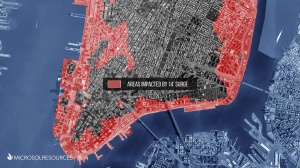ELI6: Autodesk Revit 2015 Updates Demystified
June 25, 2015 1 Comment
One might be tempted to think that you could do brain surgery more easily than figuring this out. After getting a few queries, I decided to draw a Google Drawing (click on the image) to illustrate the various update paths for the software for clients who have various updates of Revit 2015 currently installed. Please click Yellow colored Triangles to see the appropriate links to Autodesk Web-pages. If you still have questions, please reach out to us.
WHY DO YOU NEED UPDATES: Updates patch known vulnerabilities in the software. If you don’t have the latest update, you are very likely to experience an application crash. In keeping with Murphy’s law, these crashes occur when you don’t need it the most eg: when you are on a deadline.
DISCLAIMER: This diagram was constructed based on the ‘Readme’ documents of each update. From past experience, the installation may not always be straight forward. Sometimes you may have to install all the preceeding updates before being able to update to the latest (in spite of the Readme advising the contrary).




